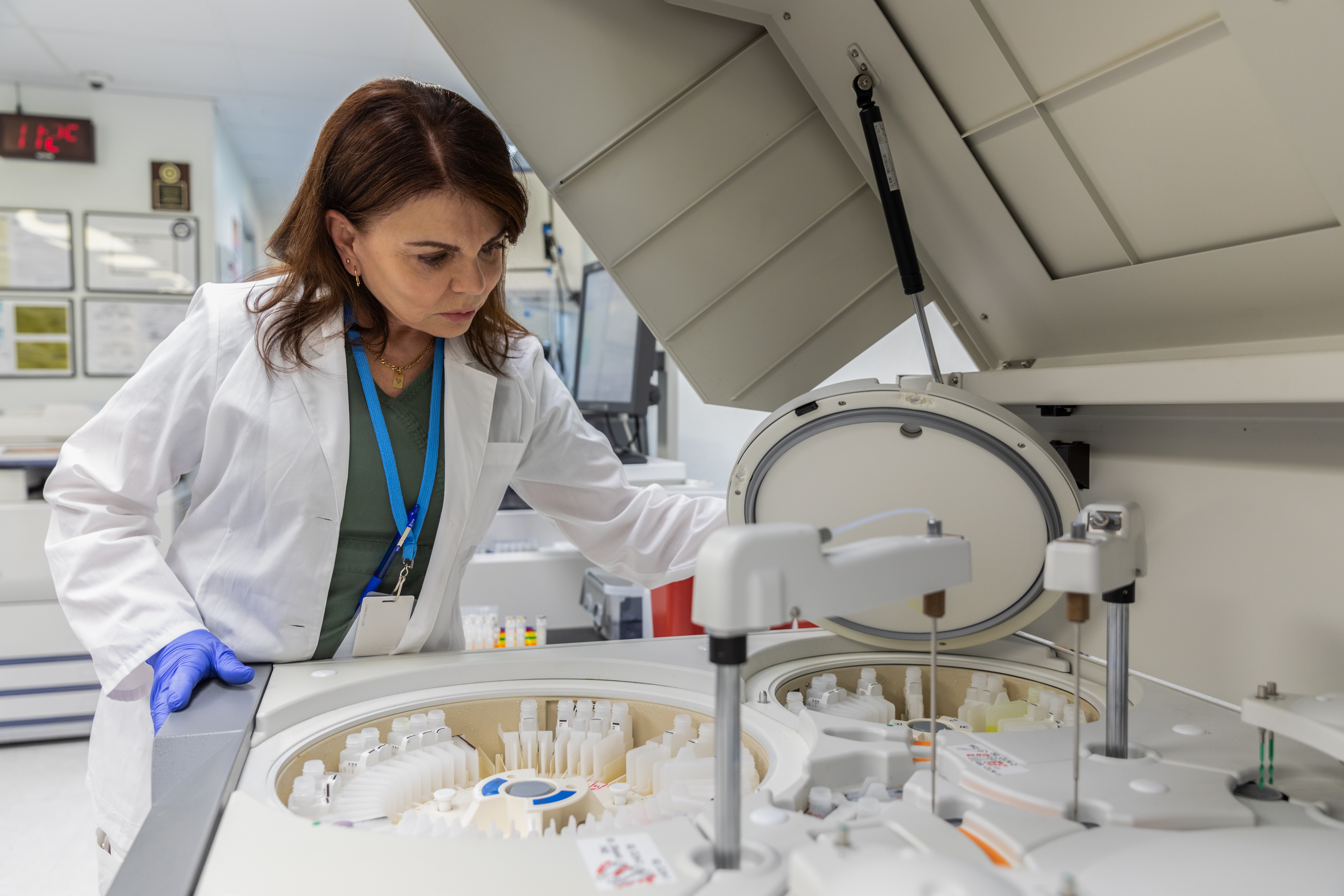The resurgence of interest in psychedelic compounds over the past decade has opened new avenues for treating mental health conditions such as depression and PTSD, as well as other CNS disorders. The evolving landscape of psychedelic drug development presents exciting opportunities and significant challenges, including crucial safety protocols, legal and regulatory requirements.
As research and development in this rapidly evolving space continues, we recently hosted a webinar discussing the crucial steps drug developers must consider. Read key takeaways below.
Exploring the evolving landscape and types of psychedelic compounds
Psychedelics are a class of psychoactive substances known for their ability to alter perception, mood, and cognitive processes. The term "psychedelics" encompasses a variety of compounds. Each presents unique challenges in terms of synthesis, scale-up, and regulatory compliance.
Three key compound classes that we have focused on at Quotient Sciences are:
- Tryptamines: Often naturally occurring with increasing interest of the synthesis of non-natural derivatives and analogues.
- Ketamine and its derivatives: Known for their dissociative anesthetic properties. In 2019, the FDA approved intranasal esketamine for treatment-resistant depression.
- Cannabinoids: A broad class of compounds with numerous therapeutic applications.
Recent studies have underscored the potential of psychedelics like psilocybin and ketamine derivatives in treating a range of conditions by targeting brain areas that current treatments do not. The interest is not entirely new: Research conducted as early as the 1950s and 1960s also recognized their potential for psychiatric disorders. However, the Controlled Substances Act of 1970 in the US effectively banned their use, restricting much of the ongoing research and requiring specific licenses for the handling and use of these materials.
Now, with perspectives shifting, the medicinal applications of psychedelics are once again under the spotlight.
Key things to consider in the safe handling of psychedelic compounds
Despite their typically low acute toxicity, psychedelics can have pronounced effects even at very low doses. These risks include altered perception and impaired decision-making giving rise to the potential for accidents or injuries in the lab. It is important to have robust containment measures that minimize staff exposure, and follow appropriate local and regional guidelines to reduce legal and regulatory risks by:
- Adhering to stringent regulations and careful safety measures when handling controlled substances such as psychedelics in the lab
- Having the proper licenses to handle controlled substances
- Maintaining strict security protocols for both production and storage
These factors are essential to ensure the safety of employees, prevent cross-contamination within the facility, and reduce business risks. However, for many small pharmaceutical companies, the costs of establishing and maintaining the necessary capabilities and facilities to handle controlled substances can be prohibitively high. Building in-house expertise involves not only significant financial investment but also the need for specialized knowledge, rigorous training, and strict compliance with regulatory requirements.
Overcoming the challenges of scale-up
Transitioning to the challenges of scaling up production of psychedelic compounds companies can face additional hurdles. For instance, the manufacture of these compounds on scale often requires the use of highly reactive and sometimes pyrophoric substances. Expertise in handling such substances is paramount, which means meticulous safety protocols and rigorous quality control measures must be applied at every stage. These challenges must be overcome while maintaining the additional controls and working practices associated with the containment of psychedelic compounds.
14C synthesis of Psychedelic compounds
Like all potential drugs psychedelic compounds often have complex interactions within the body. The synthesis of 14C-labeled psychoactive compounds therefore enables the study of how these drugs are metabolized and distributed, providing essential details about their pharmacokinetic profile.
The design of a radiolabeled synthesis also revolves around crucial considerations such as strategically placing the radioactive label within the center of molecule to avoid the potential for rapid metabolic cleavage if the label is placed, for instance on a side chain. 14C radiolabels are introduced from suitable building blocks like CO2 or NaCN which often requires a new synthetic approach to be developed to the target compound. The preparation of 14C labelled compounds requires specialized expertise in radiochemistry and stringent safety protocols to handle radioactive materials effectively. Balancing these factors is essential not only for scientific accuracy and safety but also for meeting regulatory requirements.
Choosing a partner for psychedelics drug development
Handling controlled substances such as psychedelics involves navigating stringent regulatory requirements, which present significant challenges for drug developers. Companies must secure licenses for handling controlled substances and adhere to strict security measures during production and storage.
To overcome these challenges, partnering with a specialized contract development manufacturing organization (CDMO) capable of providing comprehensive support at every critical step can prove to be a cost-effective solution, ensuring compliance and efficiency while accelerating project timelines.
To learn more about these critical considerations and gain insights into navigating the challenges of psychedelic drug development, check out our recent webinar.

